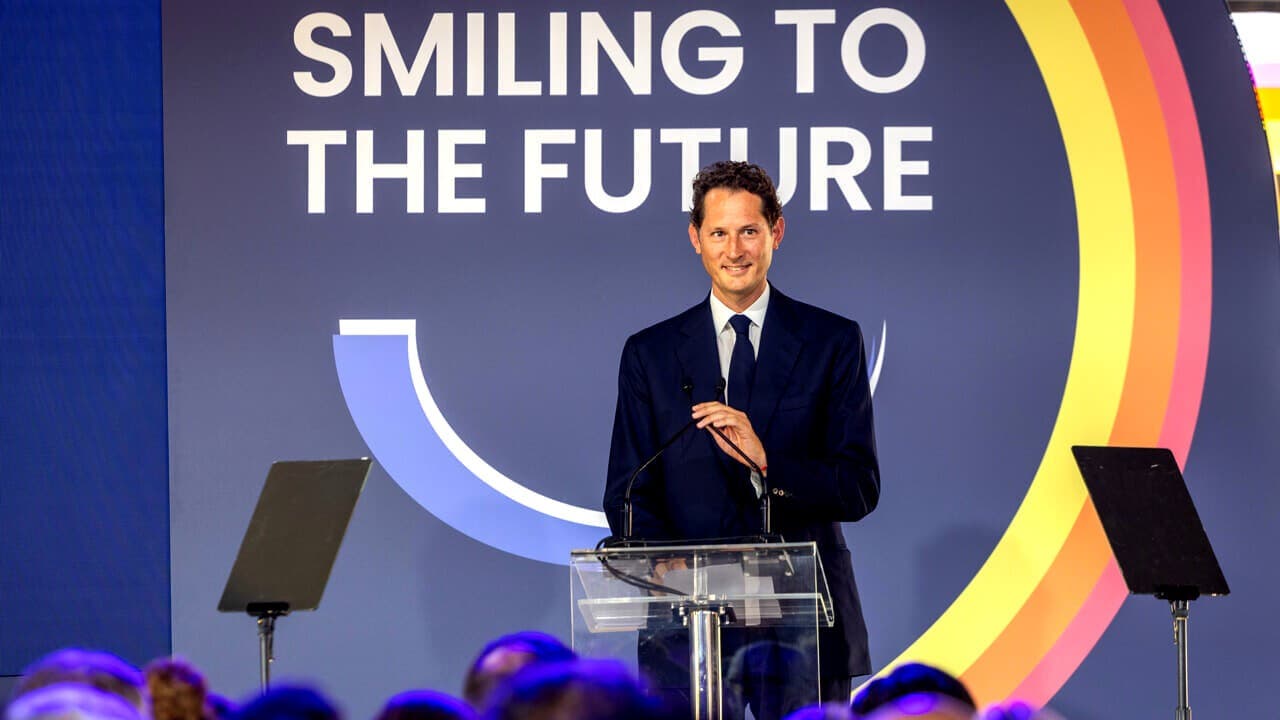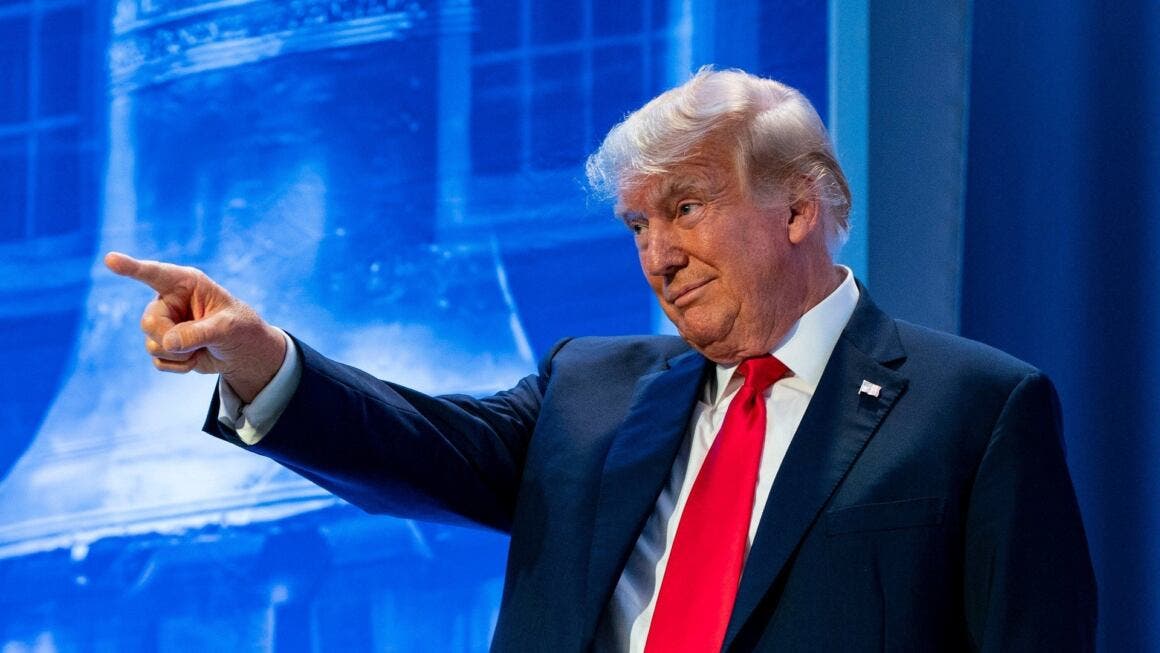Donald Trump has officially signed the executive order that will allow for the easing of tariffs he wanted to impose on cars produced outside the United States. The American president has decided to implement a modification to prevent additional tariffs, such as those on steel and aluminum, from being added to the new customs duties. The measure will also revise the new tariffs on components that were supposed to take effect on May 3. According to what has been established, manufacturers that produce and sell in the USA will be able to obtain some refunds, up to 3.75% of the vehicle’s value in the first year and 2.5% in the second year.
Donald Trump takes a tiny step back on car tariffs in the United States

“We just want to help during this transition period. It’s short-term,” Trump declared. In practice, the tycoon wants to give car manufacturers more time to organize themselves to invest in greater production within the United States. In fact, Treasury Secretary Scott Bessent emphasized that the administration’s goal is to allow car manufacturers to create more jobs in domestic production.
In any case, Donald Trump does not intend to back down on car tariffs, which he considers fundamental, even adding that those who do not produce cars in the USA will be “massacred.” Obviously, this refers to the consequences that manufacturers who do not adapt to the trade policies could face. This is an issue that will continue to spark discussion given the concerns of the automotive industry.
Meanwhile, this temporary easing gives some breathing room to car manufacturers who had warned the American Government about the possible negative consequences of the impact on tariffs, including a possible significant increase in vehicle prices. After Trump’s decision to ease tariffs on cars, the first comments from the industry arrived, including that of John Elkann, chairman of Stellantis, who appreciated the measure decided by Trump: “While we further evaluate the impact of tariff policies on our operations in North America, we are eager to continue collaborating with the US administration to strengthen the competitiveness of the American automotive industry and stimulate exports.”
